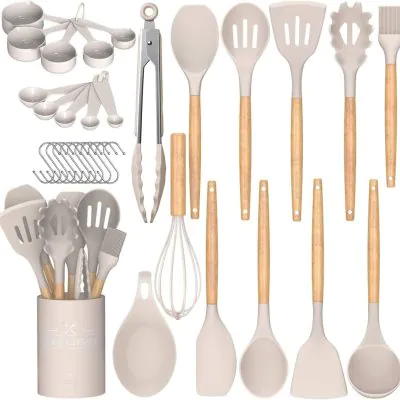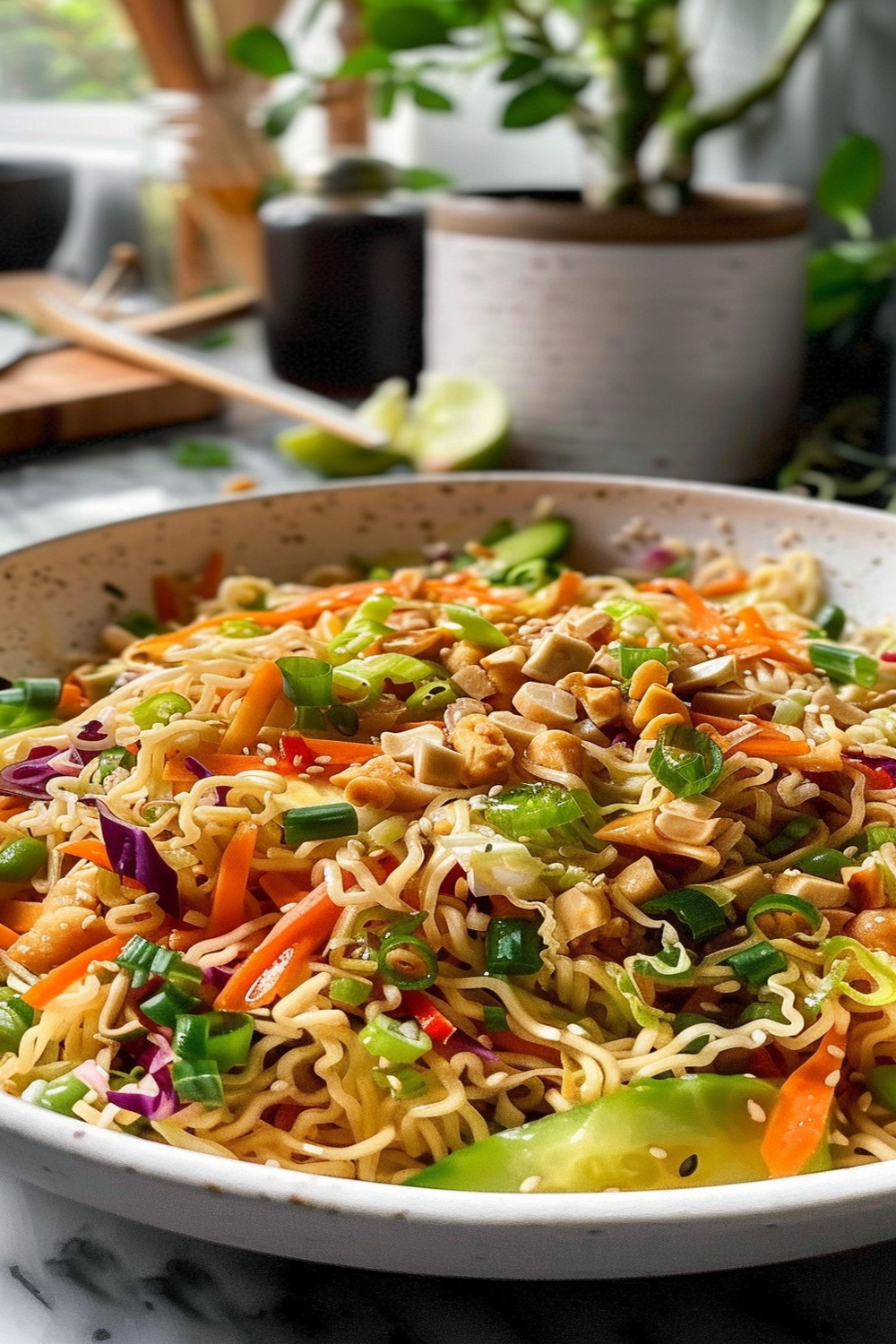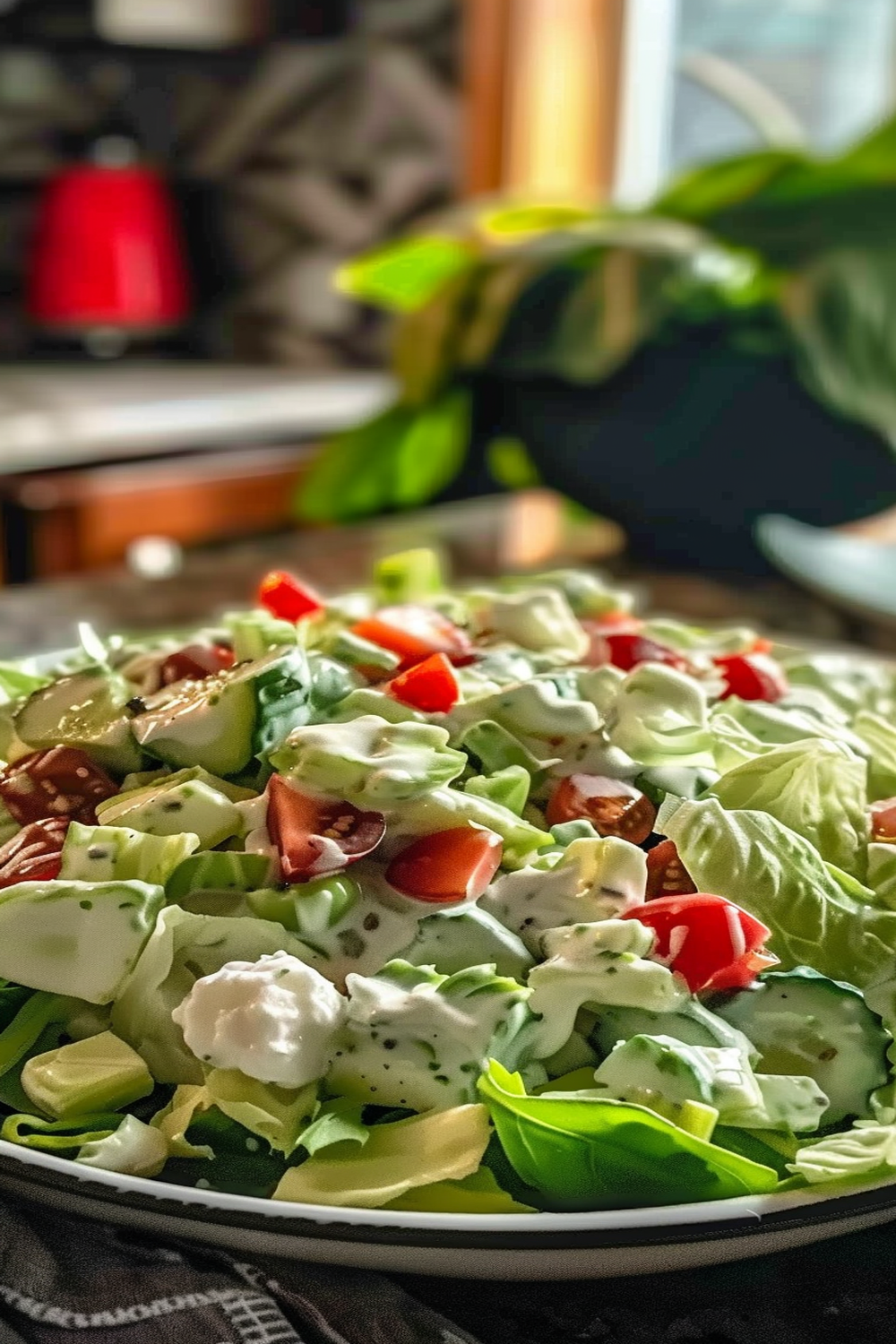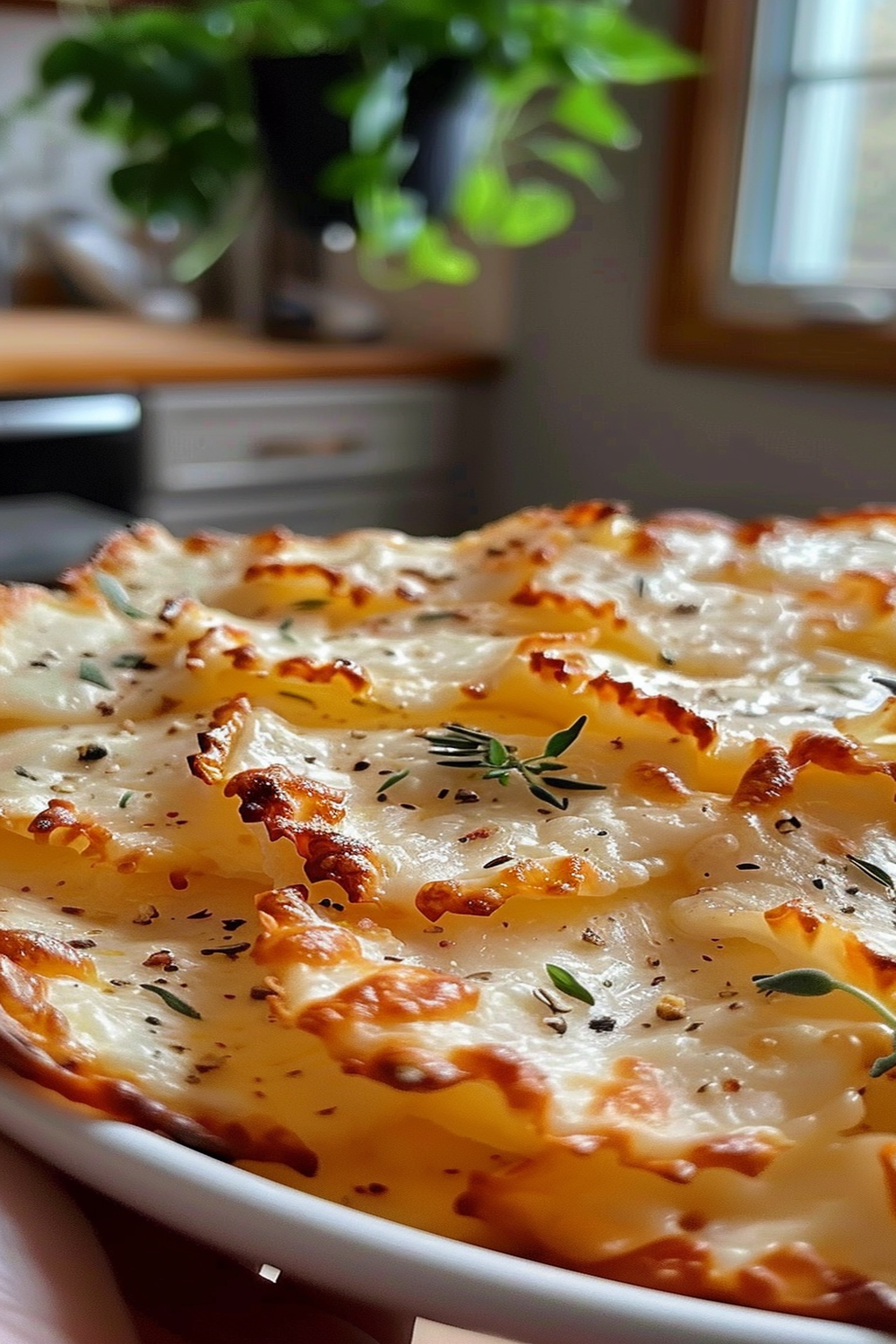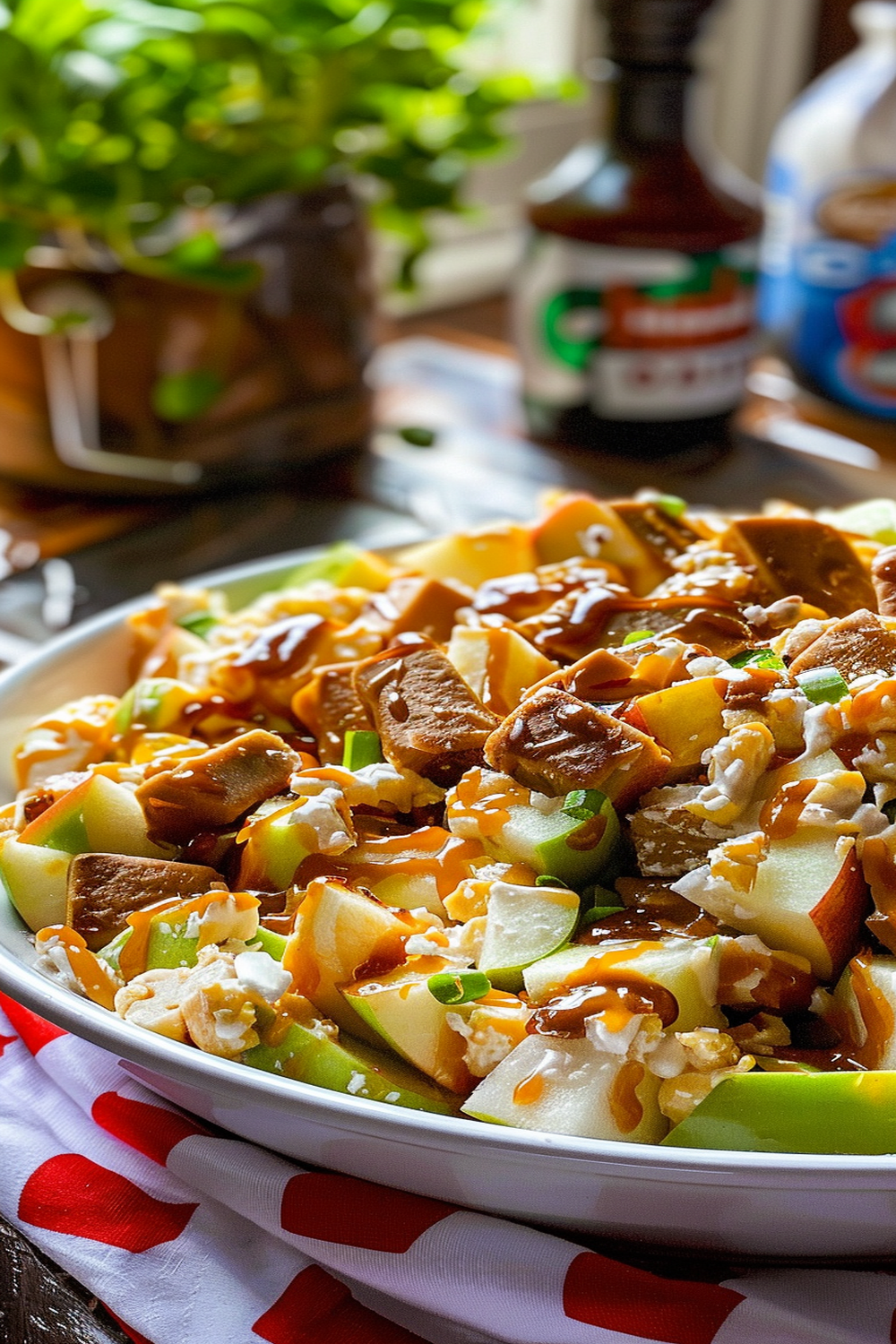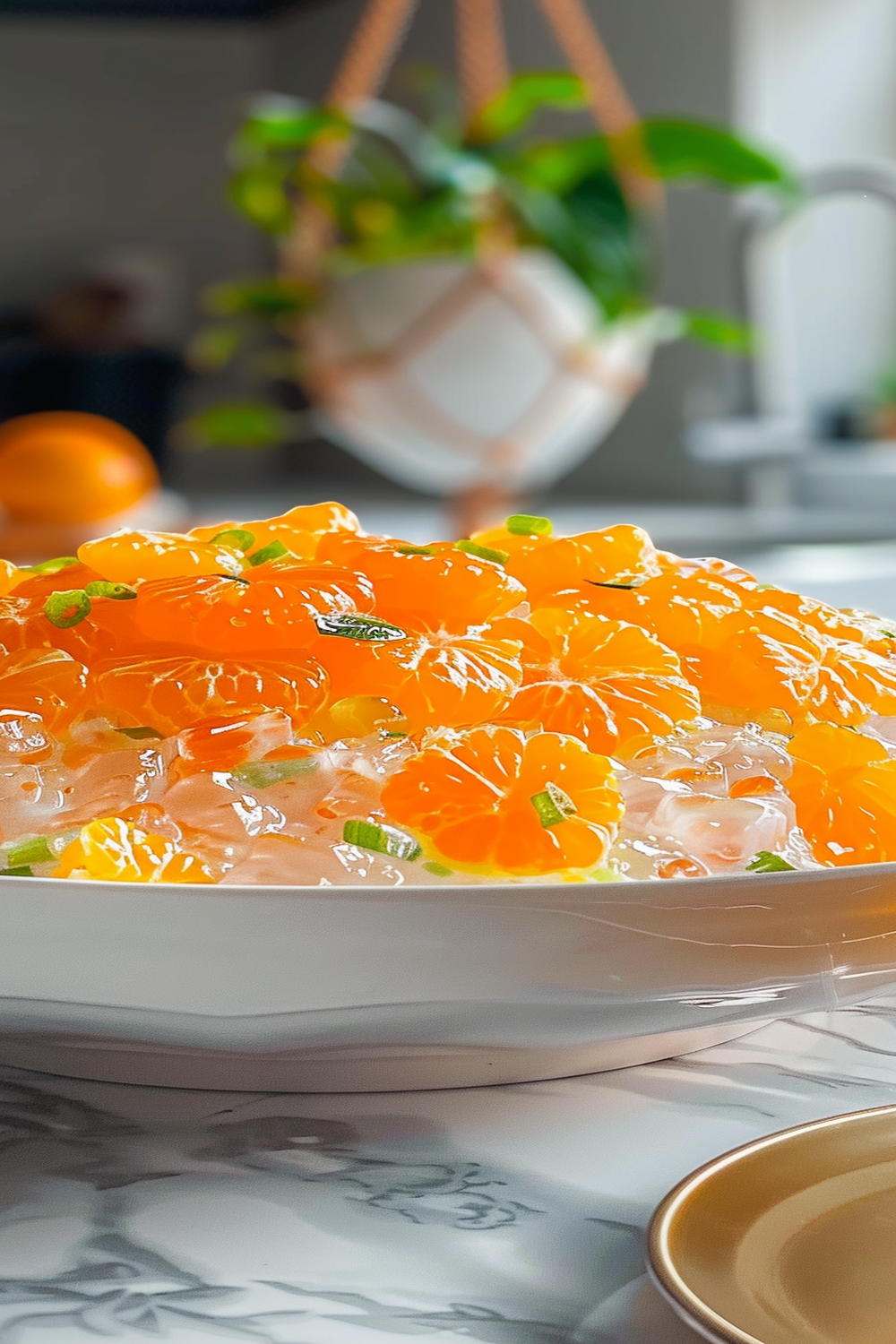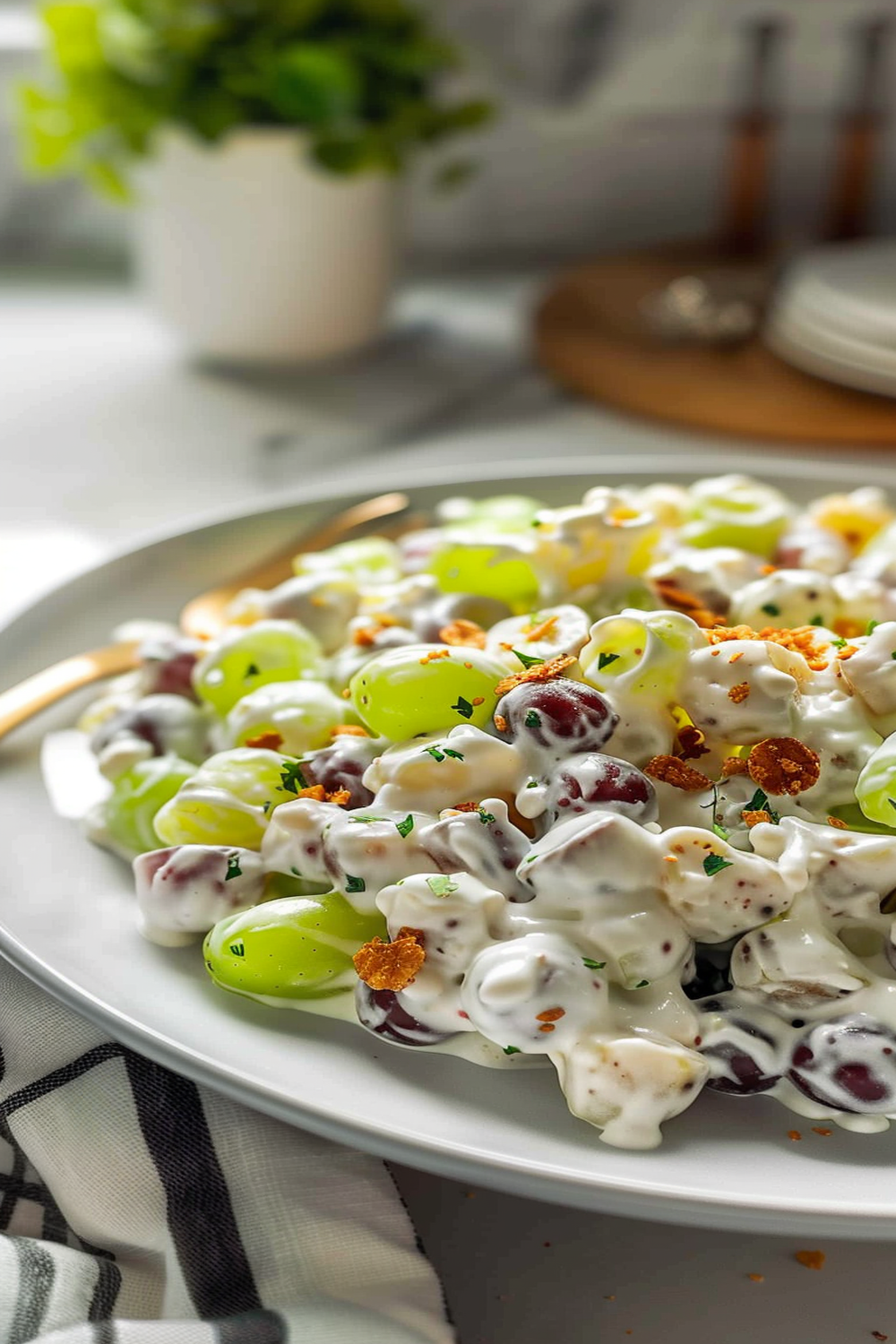Introduction and Quick Summary
Pistachio Cannoli are a delightful twist on the classic Italian dessert that everyone loves. These delectable pastries feature a crunchy shell filled with a rich, creamy mixture that incorporates the unique flavor of pistachios. The contrast between the crispy exterior and the velvety filling makes every bite irresistible. Whether you’re hosting a dinner party or simply want to treat yourself, this Pistachio Cannoli recipe is sure to impress.
Making these treats from scratch may seem daunting at first, but with the right ingredients and a little patience, anyone can create these beautiful desserts at home. The process involves making both the shells and the filling from scratch, ensuring maximum freshness and flavor. Plus, you can customize the sweetness and texture to suit your taste.
In this article, we’ll guide you through each step of creating your own Pistachio Cannoli. From gathering the ingredients to serving suggestions, we will provide you with everything you need to know for a successful baking experience. Get ready to indulge in a delightful dessert that brings the charm of Italian culture right into your kitchen!
Main Ingredients
Flour
For this Pistachio Cannoli recipe, all-purpose flour serves as the base for the shells. You will need approximately 2 cups of flour to provide structure and stability to your cannoli shells. The right flour ensures they hold their shape during frying while achieving that perfect crispiness.
Sugar
Granulated sugar adds sweetness to both the shells and the filling. You will require about 3 tablespoons of sugar for the dough and an additional 1 cup for sweetening the ricotta mixture. This ingredient balances flavors beautifully and helps achieve an inviting golden color on your cannoli shells.
Butter
Unsalted butter is essential for adding richness to your dough. You will need about 4 tablespoons of butter, softened at room temperature. It contributes moisture and flavor while also enhancing the overall texture of your cannoli shells.
Egg
One large egg acts as a binding agent in this recipe. It helps hold all other ingredients together while also adding moisture and richness to both the dough and filling. The egg gives your cannoli shells a slightly tender texture while ensuring they are not too dry after frying.
Ricotta Cheese
Ricotta cheese is crucial for creating that creamy filling inside your Pistachio Cannoli. Use approximately 2 cups of whole-milk ricotta cheese for a rich flavor profile. Ensure it’s well-drained to avoid excess moisture that could make your filling runny.
Pistachios
Crushed pistachios are what truly make these cannolis unique! You’ll need about 1 cup of finely chopped unsalted pistachios for mixing into your ricotta filling as well as some extra for garnish. Their distinct flavor lends an earthy quality that complements the creaminess perfectly.
Vanilla Extract
Adding 1 teaspoon of pure vanilla extract enhances overall flavor in your filling. This ingredient brings warmth and sweetness without overpowering the delicate taste of pistachios.
Cinnamon
A pinch of ground cinnamon adds depth to your filling by introducing warm undertones that balance out sweetness beautifully. You only need about 1/4 teaspoon of cinnamon for just enough warmth without being overwhelming.

How to Prepare Pistachio Cannoli
Step 1: Make the Dough
Start by combining flour and sugar in a large mixing bowl. Create a well in the center and add softened butter along with one egg. Using your hands or a fork, gradually mix until fully combined into a cohesive dough ball forms. If necessary, add cold water one tablespoon at a time until you reach desired consistency; it should be smooth yet firm enough to roll out easily.
Once formed, wrap the dough in plastic wrap or place it in an airtight container to rest at room temperature for at least 30 minutes; this allows gluten relaxation which makes rolling easier later on.
Step 2: Prepare Filling
While waiting for dough rest time, drain ricotta cheese thoroughly using a fine mesh sieve or cheesecloth; excess moisture creates a soggy filling which won’t hold up well inside fried shells! In another bowl combine drained ricotta cheese with sugar, vanilla extract, crushed pistachios, ground cinnamon; mix well until smooth consistency achieved – taste briefly then adjust sweetness if needed before refrigerating until ready use!
This chilling period allows flavors meld together resulting deliciously creamy mixture once you’re ready fill those crunchy shells!
Step 3: Roll Out Dough
After resting period is over lightly flour clean surface then divide rested dough into quarters making them easier handle one piece time! Begin rolling thinly using rolling pin aiming thickness around an eighth inch thick—so they fry evenly without being too dense! Cut circles out using round cutter approximately four inches across; gather remaining scraps re-roll again until all used up!
Once cut out place each circle aside covered lightly towel prevent drying out while preparing frying oil next step!
Step 4: Fry Shells
In large heavy-bottomed pot heat vegetable oil over medium heat until it reaches around three hundred seventy-five degrees Fahrenheit (190 degrees Celsius). Carefully wrap each dough circle around metal cannoli form pressing edges together sealing them securely; fry carefully two-three minutes turning occasionally golden brown color achieved evenly on all sides!
Using slotted spoon remove from hot oil allowing excess drain off before placing them onto wire rack cool completely before removing forms gently ensuring keeping shape intact during process!
Step 5: Fill Cannolis
Once cooled down completely take chilled ricotta-pistachio mixture from refrigerator piping bag fitted star tip works best here! Fill each cooled shell generously but avoid overfilling keep some space at ends allowing easy handling enjoy later when served!
Finally sprinkle remaining crushed pistachios atop filled ends dusting powdered sugar optional finishing touch add irresistible sweetness appearance inviting guests indulge immediately after preparation—these should be enjoyed fresh whenever possible!

Serving and Storing Tips
Serving Suggestions
Pistachio Cannolis are best enjoyed fresh within hours after assembly although they can last longer if stored properly! For presentation purposes consider serving them on elegant platters garnished with additional crushed pistachios alongside fresh berries or drizzled chocolate sauce depending preference guests’ tastes—this elevates visual appeal while enhancing flavors enjoyed together harmoniously!
Pairing coffee drinks like espresso cappuccino enhances dessert experience providing delightful contrast between bitterness coffee richness sweet creaminess found within each bite—perfect combination certainly leaves lasting impression everyone attending gathering any occasion celebrated!
Storage Tips
If you have leftover filled cannolis it’s important store them correctly so don’t become soggy quickly! Place unfilled shells inside airtight container up three days ahead assembly day keeping crispy texture intact enjoy later without compromising quality achieved original batch made earlier time frame recommended ideally consumed same day prepared best results possible—however if necessary refrigerate filled ones tightly wrapped parchment paper individually prevents sticking better option than loose packaging since moisture builds up otherwise ruining their delightful crunchiness outside surface quickly deteriorates otherwise!
Do note however storing these treats long term usually isn’t advisable due potential loss flavors texture degradation happens naturally overtime—hence always recommend making just enough portions serve intended group number guests present celebrate moments shared together enjoying delicious indulgence offered throughout event planned ahead carefully organized beforehand!
Mistakes to Avoid
When making pistachio cannoli, there are several common mistakes that can lead to less-than-perfect results. Understanding these pitfalls is crucial for achieving a delicious outcome.
One major mistake is using low-quality ingredients. Cannoli shells require high-quality flour and fats to achieve the right texture and flavor. If you skimp on these ingredients, you may end up with a chewy or bland shell. Always opt for fresh, high-quality products.
Another mistake involves incorrect frying temperature. If the oil is too hot, your shells will cook too quickly and burn; if it’s too cold, they will absorb too much oil and become greasy. A thermometer can help maintain the ideal frying temperature of around 350°F (175°C).
Overfilling the cannoli is another common error. While it might be tempting to stuff them to the brim, overfilling can lead to messy presentation and a difficult eating experience. Fill each shell just until full, allowing for some space at the ends.
Lastly, many home cooks forget to chill their filling before piping it into the shells. A chilled filling holds its shape better and provides a delightful contrast against the crispy shell.
Avoiding these mistakes will ensure that your pistachio cannoli turns out beautifully every time.
Tips and Tricks
To create perfect pistachio cannoli, consider implementing these helpful tips and tricks that can elevate your dessert-making experience.
First, make sure to rest your dough properly before rolling it out. This allows the gluten to relax, making it easier to work with and resulting in a flaky shell. Aim for at least 30 minutes of resting time covered in plastic wrap at room temperature.
Secondly, when shaping your cannoli shells around tubes, ensure they are tightly wrapped but not overly so. This helps in achieving even cooking while retaining a nice shape without breaking during frying.
Adding flavor to your filling is vital for an exceptional taste. Consider incorporating spices like cinnamon or vanilla into your ricotta mixture along with finely chopped pistachios for added texture and flavor depth.
Using a pastry bag for filling is another useful tip. It allows for more control when piping the filling into each shell, minimizing mess and ensuring an even distribution of filling.
Finally, serve your pistachio cannoli immediately after assembling them to maintain their crispiness. If preparing ahead of time, store the shells and filling separately until just before serving.
Implementing these tips will help you master the art of making pistachio cannoli at home.
Suggestions for Pistachio Cannoli
Creating delicious pistachio cannoli involves various suggestions that can enhance both flavor and presentation.
Consider experimenting with different fillings beyond traditional sweetened ricotta. Mascarpone mixed with honey or flavored whipped cream can add unique textures and tastes that complement the pistachio flavor beautifully.
For added visual appeal, garnish your cannoli with crushed pistachios or drizzles of chocolate sauce just before serving. This not only makes them look enticing but also adds layers of flavor that enhance each bite.
Another suggestion is to serve your pistachio cannoli alongside a fruit compote or sorbet. The acidity from fruit balances out the richness of the cream-filled shells perfectly while providing a refreshing contrast.
Additionally, think about incorporating seasonal flavors into your filling based on what fruits are available at different times of the year. For example, adding pureed strawberries during summer months can create a delightful seasonal twist on this classic dessert.
Finally, consider hosting a cannoli-making party where friends can fill their own shells with various fillings and toppings. This interactive approach makes it a fun experience while allowing everyone to customize their dessert according to personal preferences.
By following these suggestions, you can create memorable pistachio cannoli that guests will love!

FAQs
What are pistachio cannoli?
Pistachio cannoli are delightful Italian pastries made by stuffing crispy pastry shells with sweetened ricotta cheese blended with crushed pistachios. The combination of creamy filling and crunchy shell creates an irresistible treat enjoyed by many around the world. They often feature garnishes like chopped nuts or chocolate drizzle for added visual appeal and flavor complexity.
How long do homemade pistachio cannoli last?
Homemade pistachio cannoli are best enjoyed fresh but can be stored if necessary. The filled cannoli should be consumed within a few hours of assembly to prevent sogginess in the shells. If you need to store them longer, keep the filled mixture in an airtight container in the refrigerator separately from the shells until ready to serve.
Can I make pistachio cannoli in advance?
Yes! You can prepare components separately in advance but avoid assembling them until just before serving for optimal freshness. Prepare the pastry shells ahead of time and store them in an airtight container at room temperature. Make your filling one day prior; just remember to chill it well before piping into shells when ready!
What type of nuts can I use besides pistachios?
While traditional recipes focus on using pistachios due to their unique flavor profile, other nuts can be used creatively as well! Almonds or hazelnuts could work beautifully if finely ground like pistachios for similar taste qualities; however, keep in mind that this will alter overall flavors slightly compared to authentic variations made specifically with pistachios!
Are there gluten-free options for making cannoli?
Absolutely! You can create gluten-free cannoli by using alternative flours such as almond flour or gluten-free all-purpose blends available commercially today! Ensure any additional ingredients (like chocolate chips) also meet dietary restrictions; this way everyone gets to enjoy delicious treats without worrying about gluten!
What fillings pair well with pistachio?
Many fillings complement pistachios wonderfully! In addition to classic ricotta mixtures sweetened lightly with sugar/honey & flavored extracts like vanilla/cinnamon – consider combining mascarpone cheese mixed together orange zest & juice creating delightful citrus-infused indulgences! Chocolate ganache also pairs nicely offering rich contrasts enhancing nutty flavors found within crisp pastry shells!
Conclusion
In conclusion, mastering the art of making perfect pistachio cannoli requires attention to detail while avoiding common pitfalls associated with preparation and assembly processes. By staying mindful about ingredient quality, frying temperature control along with proper techniques such as resting dough properly—home cooks can create mouthwatering desserts sure impress family friends alike! Implementing helpful tips regarding fillings garnishes presents opportunities explore creative variations elevating overall dining experiences shared among loved ones together! With knowledge gained from understanding mistakes best practices outlined throughout this article—future endeavors creating sweet treats will certainly yield successful results every time indulging delectable delights enjoyed thoroughly!
Print
Delicious Pistachio Cannoli Recipe
- Author: Sofia
- Total Time: 40 minutes
- Yield: 12 cannoli 1x
Description
These Delicious Pistachio Cannoli are a twist on the classic Italian dessert. Crispy, golden pastry shells are filled with a creamy ricotta filling that’s infused with the rich flavor of pistachios. With a touch of sweetness and a hint of nutty crunch, these cannoli are the perfect treat for any special occasion.
Ingredients
For the filling:
- 1 1/2 cups ricotta cheese, well-drained
- 1/2 cup powdered sugar
- 1/4 cup finely chopped pistachios (plus extra for garnish)
- 1 tsp vanilla extract
- 1/4 cup heavy cream
- 1/4 tsp cinnamon (optional)
For the shells:
- 1 1/2 cups all-purpose flour
- 1/4 cup granulated sugar
- 1/4 tsp salt
- 1/2 tsp cinnamon
- 1 large egg
- 2 tbsp unsalted butter, softened
- 1/4 cup dry white wine (or water)
- Vegetable oil (for frying)
Instructions
- Make the filling: In a bowl, mix ricotta cheese, powdered sugar, chopped pistachios, vanilla extract, and cinnamon until smooth. Gently fold in the heavy cream to make the filling light and fluffy. Refrigerate while preparing the shells.
- Prepare the dough: In a separate bowl, combine flour, sugar, salt, and cinnamon. Add the egg and softened butter, and gradually add the wine, mixing until a dough forms. Knead until smooth.
- Roll out the dough: On a floured surface, roll the dough as thin as possible. Use a round cutter (about 4 inches) to cut out circles.
- Shape the shells: Wrap each dough circle around a cannoli tube, sealing the edges with a little water.
- Fry the shells: Heat vegetable oil in a deep pot to 350°F (175°C). Fry the cannoli shells until golden brown, about 2-3 minutes. Remove and drain on paper towels.
- Fill the cannoli: Once the shells are completely cooled, pipe the pistachio filling into each shell, filling from both ends.
- Garnish: Dip the ends of each cannoli into extra chopped pistachios for a crunchy finish.
Notes
- Be sure to drain the ricotta well to avoid a watery filling.
- Cannoli shells are best eaten fresh; fill them just before serving to maintain their crispness.
- Prep Time: 25 minutes
- Cook Time: 15 minutes




